1991 Ferrari "F40"

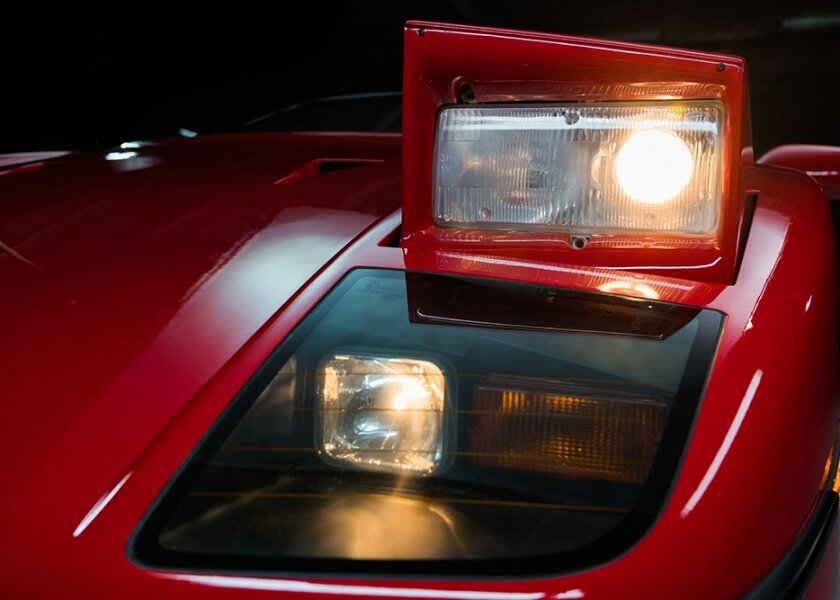
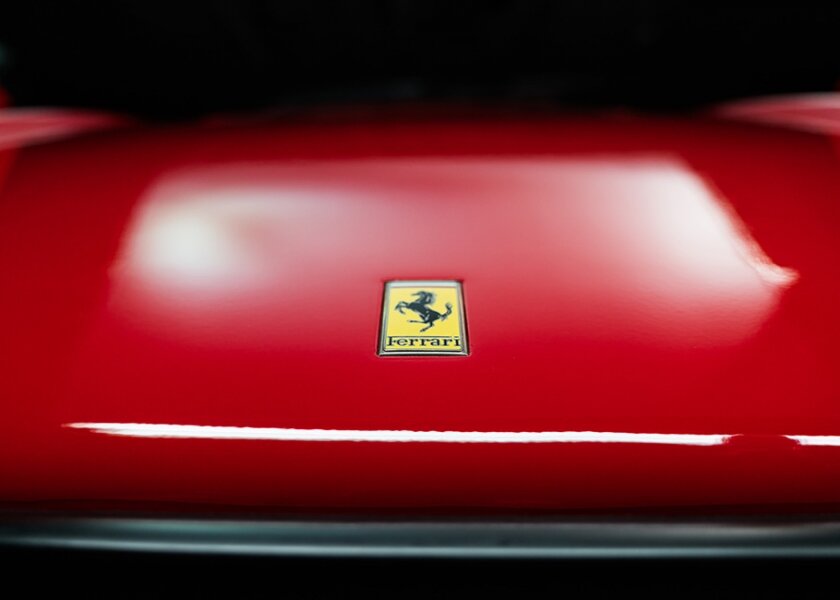
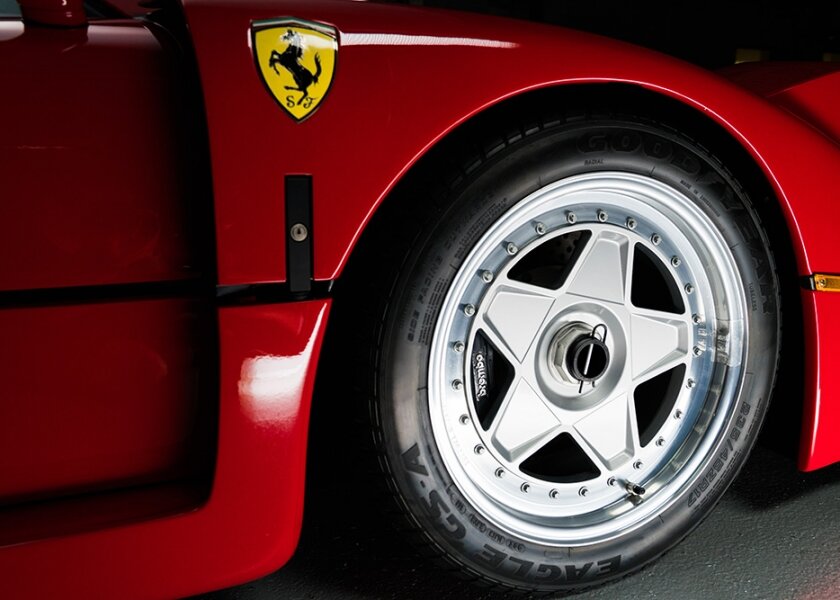
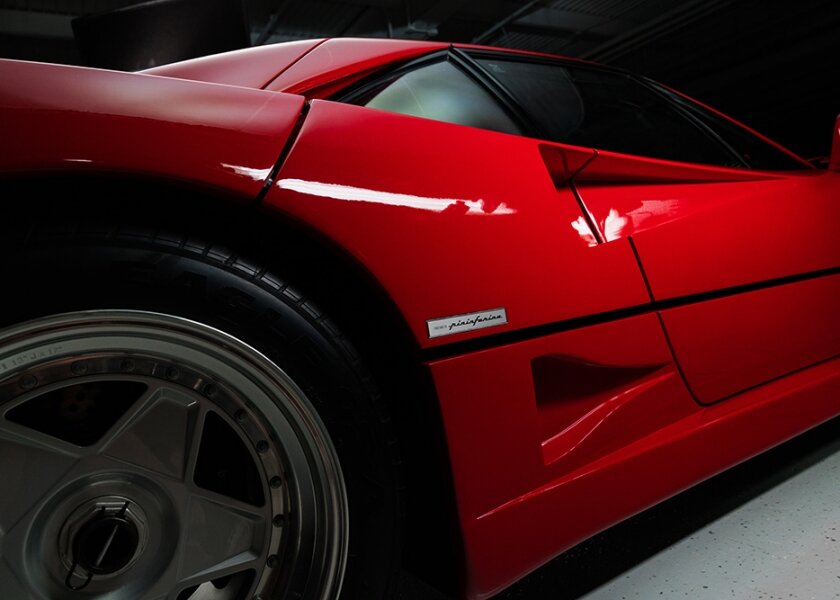

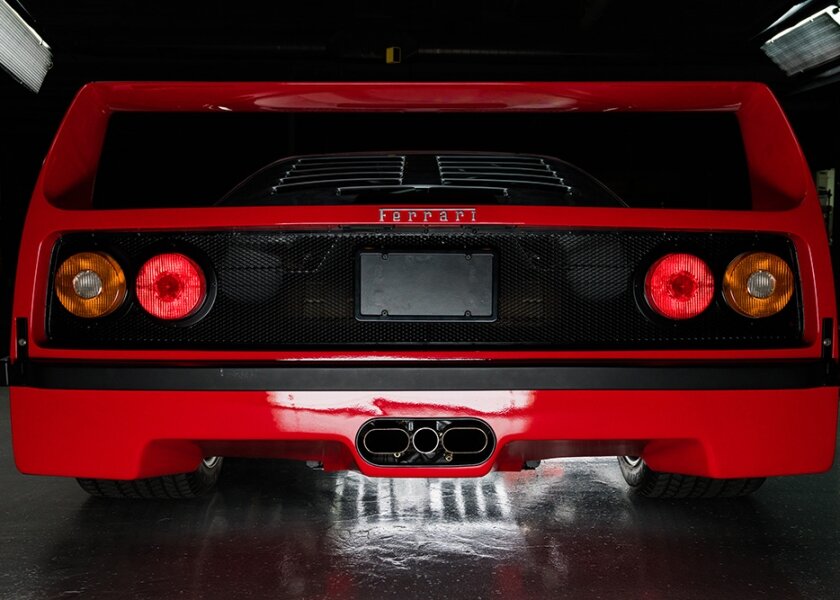
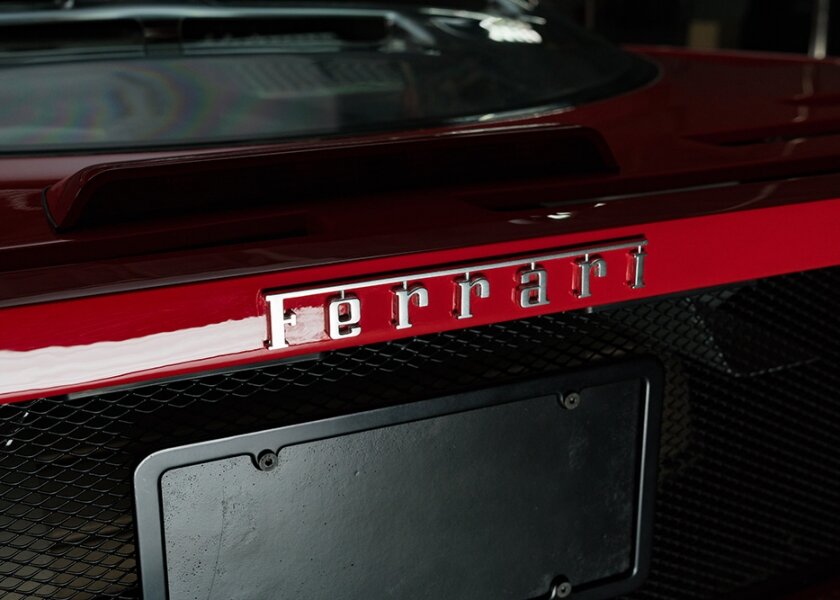
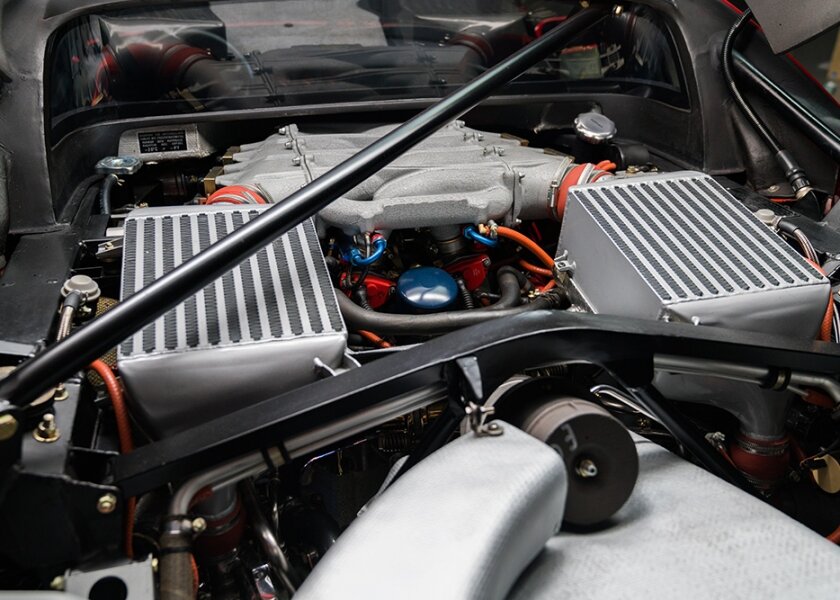
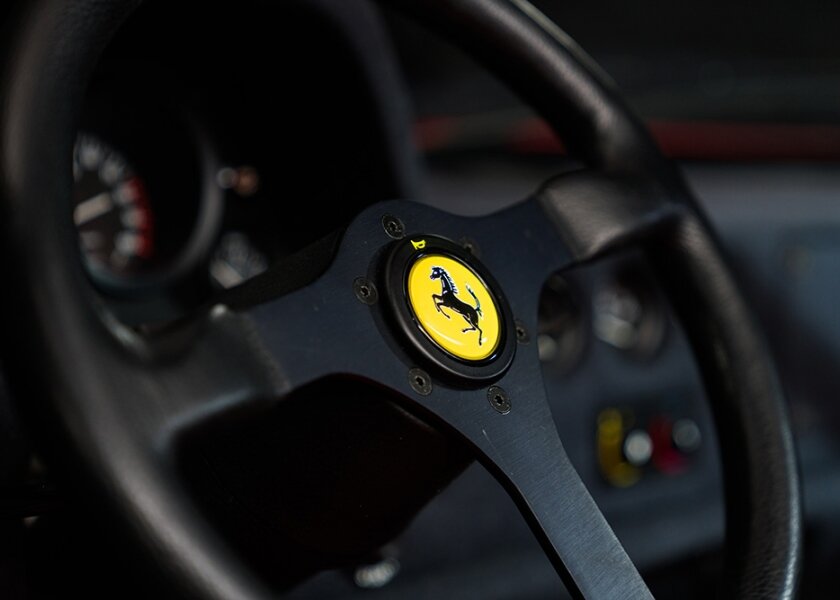
Specifications
Engine: 2.9L Twin-Turbocharged V8
Horsepower: 471 @ 7,000RPM
Torque: 425 lb/ft @ 4,000RPM
Transmission: 5-Speed Manual, Dogleg Gearbox
Weight: 2425 lbs
0-60 MPH: 4.1 Seconds
Top Speed: 201 MPH
A Little History
The Ferrari F40 was the last car Enzo Ferrari commissioned in his lifetime, and debuted on the 40th anniversary of the Ferrari Corporation in 1987, hence the denomination “F40”. It was created to directly compete with the recently released Porsche 959, and was widely considered to be the pinnacle of Enzo’s work with the company. At the time, many manufacturers were racing to break the 200 mph speed barrier. Though most critics believed the heavy-hitting Porsche 959 would be the first to do it, it was actually the Ferrari F40 that clocked the first +200 mph record with a top speed of 201.4 mph.
The Design:
In order to achieve this new record, Ferrari abided by three major principles in the design of the car. First, they made the body of the car as light as possible; it is constructed entirely out of carbon fiber. Second, they gave the engine the highest horsepower possible. Third and last, they designed the body to have as low of a drag coefficient as they could. They incorporated into the body what is referred to as “NASA ducts,” seen here. These were originally developed for airplanes by the National Advisory Committee for Aerodynamics (NACA), the precursor to NASA, and take in the most amount of air with little to no drag.
The interior of the car is almost entirely bare, as Enzo wanted eliminate any additional weight from the frame. The only creature comforts left in the car are the heat control and air conditioning; it has no radio, power windows, or even a door handle. The doors are opened by pulling on a simple cord, which removes the excess weight of the typical latching mechanism found on other supercar models. Ferrari even went as far as removing the carpeting for the car. As seen in the following photo, the floors of the car are simply carbon fiber.
On the Track:
Though Ferrari never produced race variations of this model from the factory, they did authorize several teams to buy and customize the F40 to their liking. For example, Daniel Marin, of Charles Pozzi SA, successfully lobbied Ferrari to allow the Michelotto Ferrari Factory to produce 19 specialized F40s. Adhering to the International Motor Sports Association (IMSA) rules, Michelotto made what is now known as the Ferrari F40 LM Spec, specifically for the Le Mans race. It was a faster, lighter, and more powerful version of the F40, with 720 hp, weighing in at just 2,314 lbs. It debuted in the 1989 Leguna Seca IMSA race, taking third overall. It went on to take three second places and one third place title in the IMSA circuit.
Did you know?
This particular F40 model has only 1600 miles from new, which is extremely uncommon in cars of this caliber.
There are a total of 8 NASA ducts on this car. The two seen on the hood are specifically for brake cooling intakes, the 2 behind the doors on the back quarter panels are for cooling the rear brakes, the 2 incorporated into the doors are for engine air intakes, and the 2 on the top are for intercooler intakes.
The F40 body has two additional engine cooling techniques: a rear grill and slats in the plexiglass on the rear engine cover.
The rear wing is actually adjustable to increase or reduce downforce on the back, depending on the type of track on which the car is being driven.
The F40 has pop-up headlights, so as not to decrease aerodynamics. However, the F40 LM has headlights built into the hood, to lose the weight of the pop-up mechanism.













